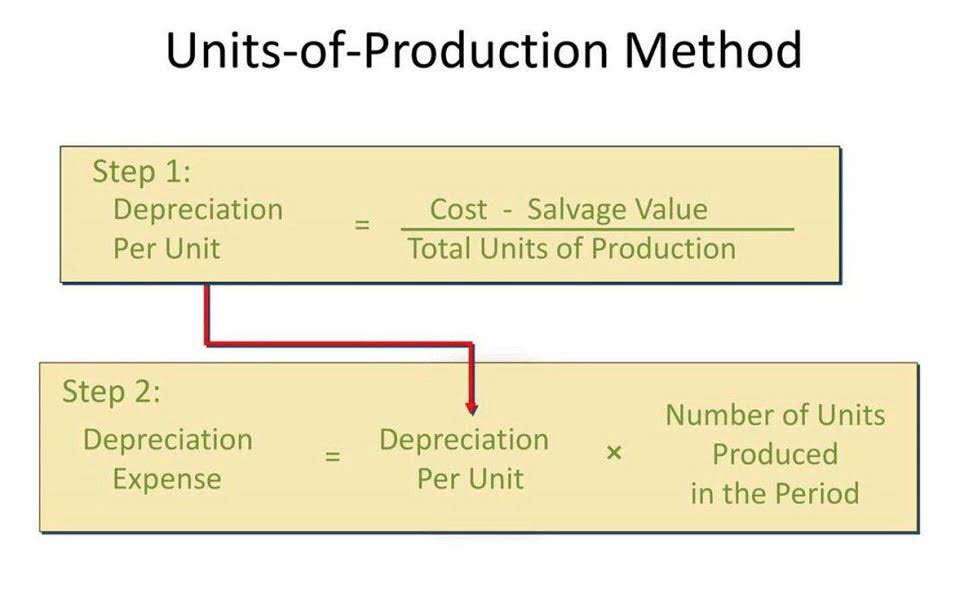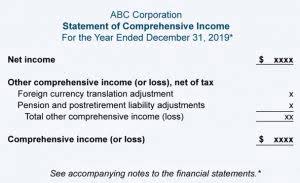
The farming accounting software offers a 30-day free trial, and pricing starts at $15 per month, making it accessible for businesses of all sizes. Livestock and crops represent major assets on a farm and must be accurately valued. Cost measurement for these assets can be complex, requiring various inputs for accurate assessment.
What about the trees and vines or livestock raised for the production?

Agricultural finance may involve longer loan terms and specialized financing options tailored to the lifecycle of agricultural assets. The business of agriculture is unique and the process to take raw inputs to table are different than in any other industry. This process is known as the food value chain what is agricultural accounting encompasses all the stages involved in bringing food products from the farm to the consumer’s table.

Agriculture Accounting: A Comprehensive Guide

The objective of IAS 41 Agriculture is to prescribe the accounting treatment for biological assets and agricultural produce. On-farm bookkeepers may prefer increase and decrease because it is simpler to think about pluses and minuses when dealing with cash. Tracking profit centers may be useful for analyzing costs and income in different agricultural sectors. Farmers can learn the status of each production cycle and gauge their success in relation to critical business functions through effective oversight of these sectors.
Accounting for Farming and Agriculture
This includes tracking income, expenses, assets, and liabilities, as well as preparing financial statements and reports that reflect the farm’s financial health. Additionally, it covers complex topics like hedging transactions, cooperatives, and the management of non-current farm assets. Through Financial Forecasting For Startups practical examples and detailed explanations, participants will learn how to effectively set up and manage an agricultural accounting system.
The gross carrying amount and the accumulated depreciation (aggregated with accumulated impairment losses) at the beginning and end of the period. The Interpretations Committee observed that, in the development of IFRS 13, the IASB income summary considered the situation where the highest and best use of an asset in a group of assets is different from its current use. Harvest is the detachment of produce from a biological asset or the cessation of a biological asset’s life processes. Costs to sell are the incremental costs directly attributable to the disposal of an asset, excluding finance costs and income taxes.
- Accessible via desktop, tablet, and mobile, it allows farmers to stay on top of their finances anytime, anywhere.
- The cost-per-product ratio is also a good key performance indicator (KPI) that will help you understand your farm’s performance.
- What this means is that cash flows tied to planting, growing, and harvesting seasons can change widely from season to season or year to year.
- Good software should handle the unique needs of farming operations, such as tracking livestock, crop production, and equipment maintenance.
- This includes reviewing financial statements, cash flow statements, and tax filings to identify any discrepancies or areas for improvement.
Lower of Cost or Market (LCM)*:
- IFRS 13, issued in May 2011, amended paragraphs 8, 15, 16, 25 and 30 and deleted paragraphs 9, 17–21, 23, 47 and 48.
- The future benefits are normally assessed by measuring the significant physical attributes.
- It encompasses the preparation of financial statements that reflect the financial position and performance of an agricultural entity.
- When your company needs more sophisticated solutions, such as cash flow management, financial forecasting, and budgeting, outsourced services can grow with it.
- Tailored for diverse farming types row crops, almonds, citrus, vegetables, and indoor vertical farms it offers tools to enhance productivity and profitability.
Navigating the labyrinthine world of taxes is a significant aspect of farm management, with implications for the financial well-being of any agricultural enterprise. Farmers must be cognizant of specific tax provisions and incentives that are designed to support the agricultural industry. These tax considerations can have a substantial impact on a farm’s annual financial obligations and long-term strategic planning.

